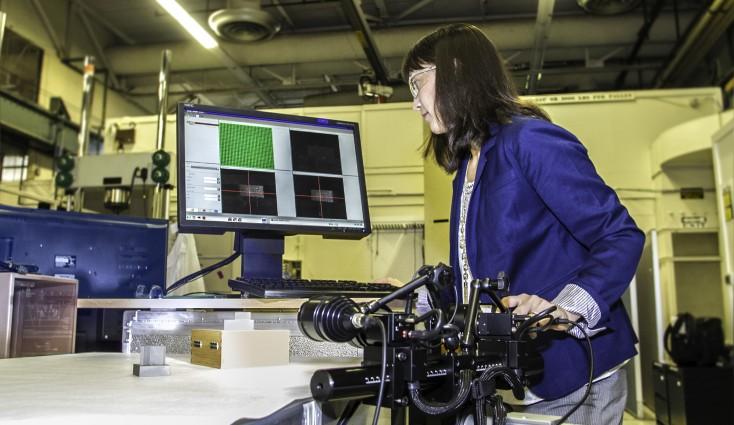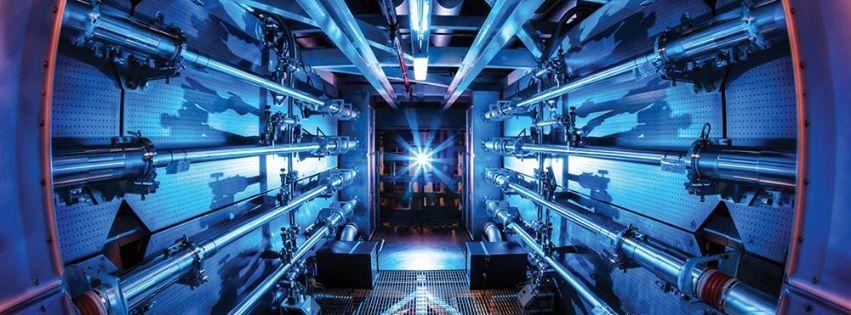The Science of Stress in 3D Printing: LLNL Research Team Analyzes and Targets Residual Stress Issues
 In life, sometimes it’s all about stress management and adjusting. That applies to the world of 3D printing too, as it turns out. While 3D printing is certainly the wunderkind of the high-tech world, it does present flaws in the process itself as well as the end product, sporadically. Researchers at Lawrence Livermore National Laboratory were inspired to define and pinpoint what was happening exactly, and where changes could be made to refine the process.
In life, sometimes it’s all about stress management and adjusting. That applies to the world of 3D printing too, as it turns out. While 3D printing is certainly the wunderkind of the high-tech world, it does present flaws in the process itself as well as the end product, sporadically. Researchers at Lawrence Livermore National Laboratory were inspired to define and pinpoint what was happening exactly, and where changes could be made to refine the process.
In all its ‘magic,’ 3D printing operates with heat and fluctuating temperatures which can cause residual stress, making a mess of the finished product. Before we can measure surface-level residual stresses and prevent them though, we need to study the issue that plagues a process capable of producing innovative products on target to ‘change the world.’
And measuring that stress to figure out how to prevent it is exactly what Amanda Wu and her team at Lawrence Livermore National Laboratory (LLNL) in Livermore, CA are doing. Wu and team members Wayne King, Gilbert Gallegos, and Mukul Kumar are participants in the Accelerated Certification of Additively Manufactured Metals (ACAMM) Strategic Initiative at LLNL.
Wu and her team also had the very good fortune to work with Los Alamos National Laboratory (LANL) to help prove the validity of their research and testing using a method called neutron diffraction (ND). That was a fortunate collaboration indeed, as only three federal research labs in the US possess the high-energy neutron source required to perform neutron diffraction studies.
Wu and her team used destructive analysis, which is a traditional method, combined with high-tech digital image correlation (DIC). They can measure stress in 3D printed parts with quantitative data using ‘before and after’ images of a part being 3D printed. It’s a very simple idea for analyzing any problem really, but the hard part is in coming up with the execution.
Using DIC technology with a dual camera setup, Wu and her team were able to study the effects of temperature on the 3D printed products and measure the external residual stress. Donald Brown from LANL then came into the picture to measure the stresses through ND which is able, in a simplified explanation, to detect and see where it is happening.
“We took time to do a systematic study of residual stresses that allowed us to measure things that were not quantified before,” Wu said. “Being able to calibrate our additive manufacturing parameters for residual stress minimization is critical.”
If you have a 3D printed part unaffected by residual stresses, it will fit together perfectly with no distortion. This is the key area in the analysis of studying the residual stress, as when it affects the 3D printed product, the stress occurs and is displayed at the cut interface. Wu and her team analyzed this with their before and after images, using a speckled pattern on the parts so that they could detect distortion.

Amanda Wu images an additively manufactured part using digital image correlation. Photo by Julie Russell – LLNL
The LLNL team’s DIC results were validated by the ND experiments. These findings are groundbreaking in that they show the correlation between stress and laser power and speed, and how adjusting laser scan vector length could control temperature more properly and reduce distortion caused by stress — as well as rotating the laser scan vector.
The team’s findings allowed them to analyze how those involved in the 3D printing industry should be able to:
- Calibrate process parameters to reduce residual stress during fabrication.
- Adust laser settings (power and speed) and scanning parameters (pattern, orientation angle and overlaps) to produce more reliable parts.
In a technology that is breaking barriers faster than we can keep up with the headlines, creating products and inspiring ideas previously unheard of, it is still evolving due to the inspiration and motivation of those who realize the enormous potential of 3D printing.
Have you experienced failure in 3D printing due to distortion caused by residual stress? What are your thoughts on Wu’s analysis and procedures? Tell us about it in the Stress in 3D Printing forum at 3DPB.com.
Subscribe to Our Email Newsletter
Stay up-to-date on all the latest news from the 3D printing industry and receive information and offers from third party vendors.
You May Also Like
Meltio Expands Global Reach with New Partnerships in the Americas and Europe
Spanish 3D printing manufacturer Meltio has expanded its sales network across the globe. With the addition of three new partners in the United States, Brazil, Argentina, and Italy, Meltio aims...
3D Printing Webinar and Event Roundup: April 7, 2024
Webinars and events in the 3D printing industry are picking back up this week! Sea-Air-Space is coming to Maryland, and SAE International is sponsoring a 3D Systems webinar about 3D...
On the Ground in Linares, Spain for the Meltio M600 Launch
As detailed in a previous post, metal 3D printer manufacturer Meltio launched its latest wire-laser metal deposition (LMD) machine, the Meltio M600, at its headquarters in Linares, Spain. There, I was...
Blue Laser-powered M600 3D Printer Launched by Meltio
Founded in 2019 as a joint venture between Additec and Sicnova, metal 3D printer OEM Meltio develops and manufactures high-performance and easy-to-use metal 3D printing solutions that use its patented wire-laser metal...

































